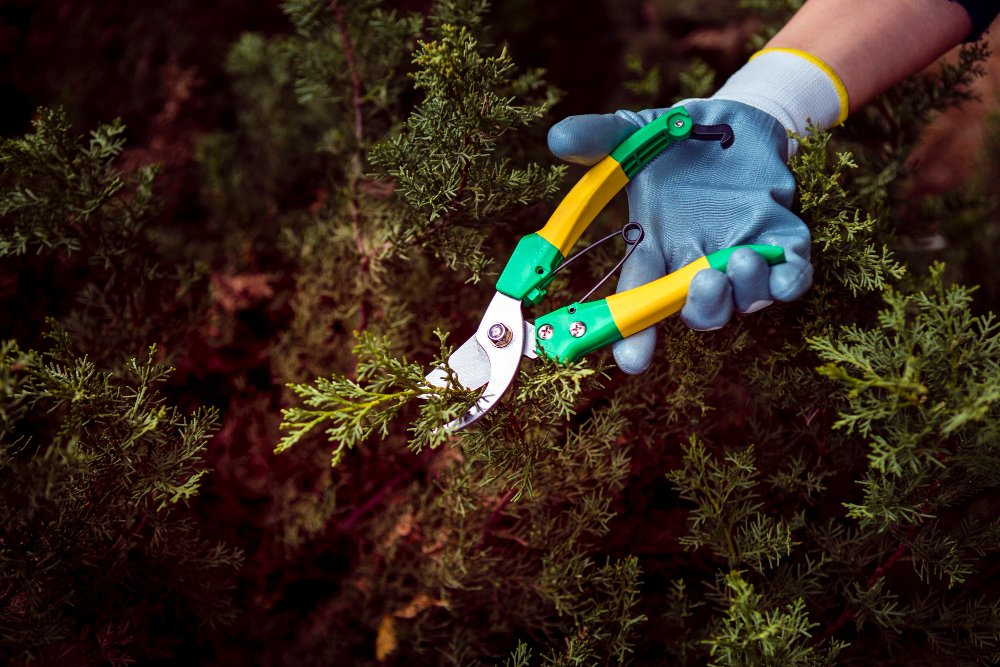Tree services near me are often plentiful, but selecting the ideal provider requires more than a quick search—it demands vetting credentials, experience, and local expertise to keep your landscape thriving and safe. Your trees offer beauty, shade, and environmental benefits, yet they also pose risks if improperly maintained. In this comprehensive guide, we’ll walk you through every step of choosing the right arborist or tree-care company, ensuring your yard’s health and safety for years to come.
1. Define Your Needs and Priorities
Begin by listing the specific services you require: routine pruning, disease diagnosis, emergency storm cleanup, or complete removal and stump grinding. Understanding your needs guides your conversations with candidates and helps you compare apples to apples when reviewing quotes.
2. Look for Proper Credentials
- ISA Certification: Arborists certified by the International Society of Arboriculture have passed rigorous exams in tree biology and safety practices.
- State or Local Licensing: Depending on your jurisdiction, tree-care operations may require specialized licenses or pesticide applicator permits.
- Insurance Coverage: Confirm both general liability and workers’ compensation to protect you from claims if accidents occur on your property.
3. Seek Detailed, Written Estimates
Request a written quote that delineates:
- The full scope of work (tree species, number of trees, and specific tasks)
- Equipment to be used (chippers, cranes, aerial lifts)
- Timeline (start and completion dates)
- Cost breakdown (labor, materials, permit fees, disposal)
Comparing at least three estimates helps you identify outliers and prevents unwelcome surprises when the final invoice arrives.
4. Evaluate Experience and Reputation
- Local Track Record: Companies familiar with your region’s climate and soil conditions can recommend species-specific care.
- References & Photos: Ask for recent project references and before-and-after images to gauge workmanship and reliability.
- Online Reviews: Read third-party reviews on Google, Yelp, or the BBB to spot recurring praises or complaints.
5. Prioritize Safety Protocols
Professional crews follow industry-standard safety measures:
- PPE Usage: Helmets, eye protection, chaps, and steel-toe boots for all team members.
- Rigging Plans: Detailed strategies for lowering heavy branches away from structures and power lines.
- OSHA Compliance: Adherence to Occupational Safety and Health Administration guidelines for working at heights.
6. Assess Environmental Practices
Leading firms minimize waste and protect surrounding flora:
- Mulching & Recycling: Turning green waste into mulch or firewood keeps debris out of landfills.
- Chemical Use: If pesticides or fungicides are needed, verify they’re EPA-approved and applied judiciously.
- Erosion Control: Proper staking and soil management prevent run-off and root exposure during removals.
7. Communication and Customer Service
- Responsive Consultations: A company that replies promptly and offers on-site evaluations demonstrates professionalism.
- Clear Explanations: Your arborist should explain risks, benefits, and alternatives in plain language.
- Follow-Up Support: Post-service check-ins ensure that pruning cuts heal correctly and that any new growth remains healthy.
8. Establish a Long-Term Care Plan
Trees flourish with ongoing maintenance:
- Regular Inspections: Annual or biannual check-ups detect pests, diseases, or structural weaknesses early.
- Seasonal Pruning Schedule: Align trimming with species-specific dormant periods to minimize stress.
- Fertilization & Soil Health: Periodic soil tests guide nutrient applications, promoting vigorous root and canopy development.





Comments